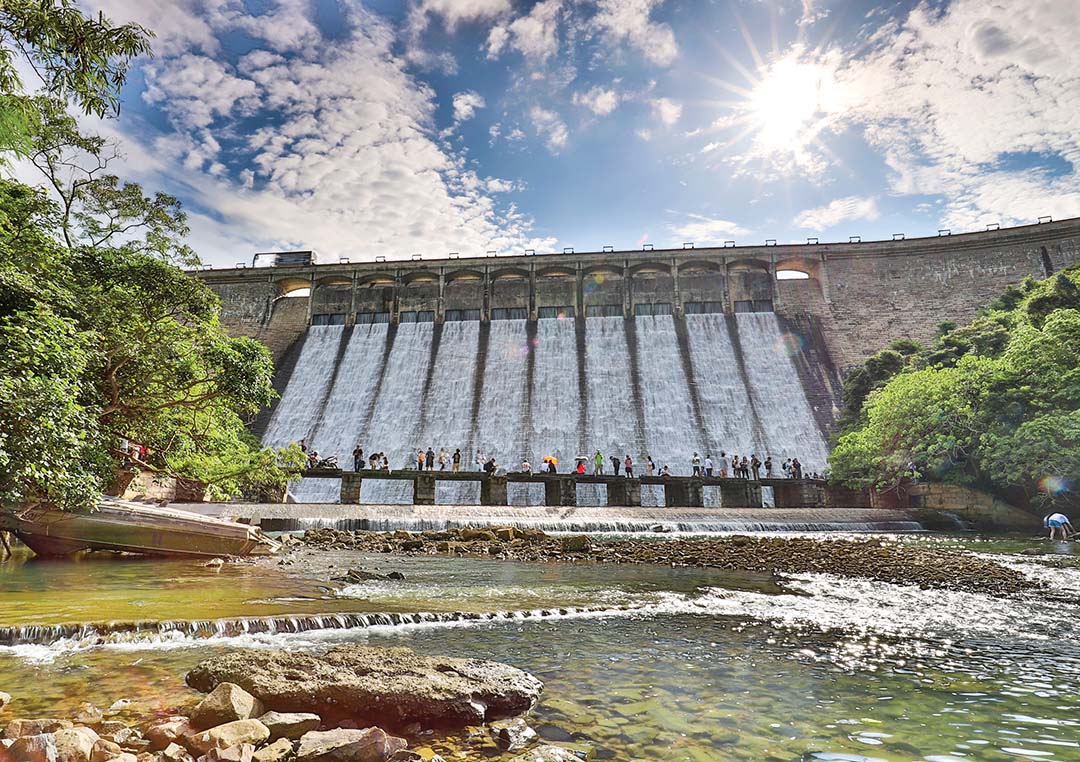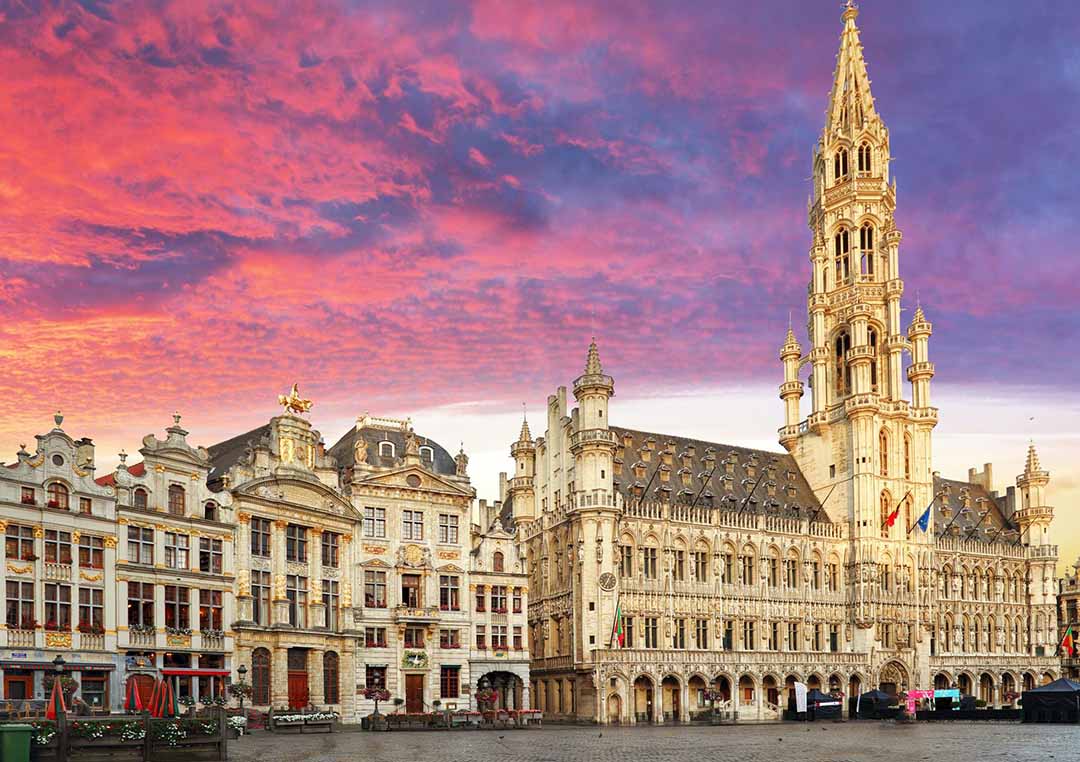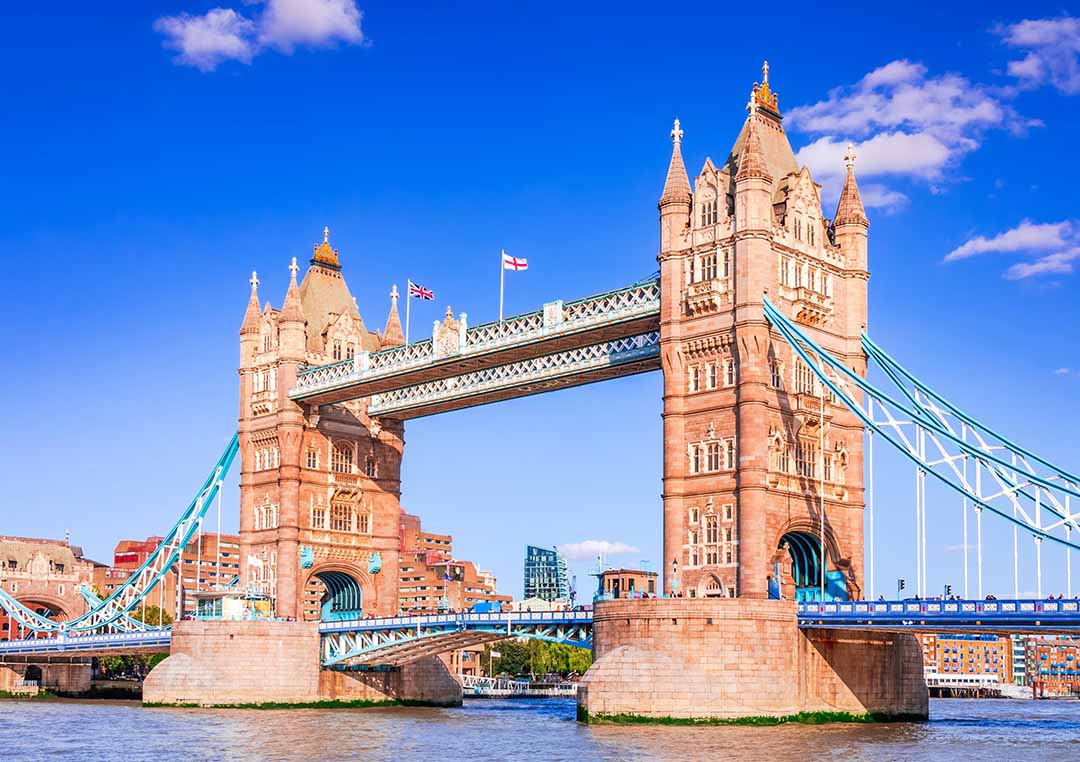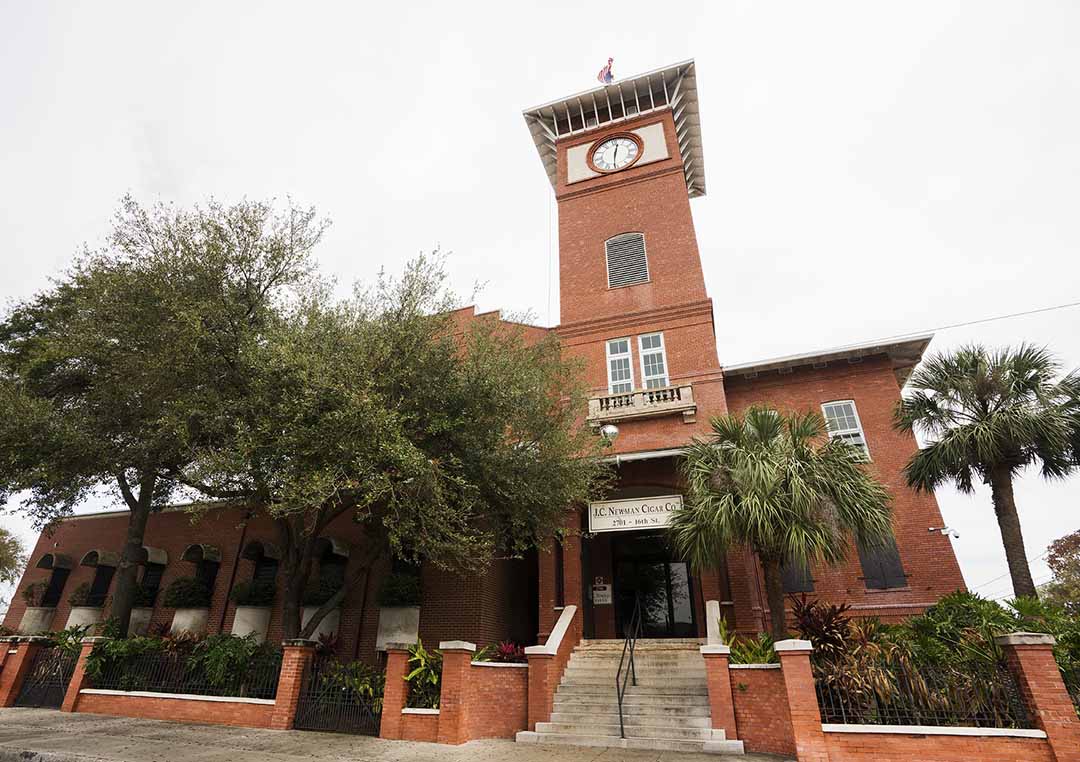I had the opportunity to explore the captivating city of Hong Kong. This bustling metropolis is not only a modern marvel but also a treasure trove of historical gems waiting to be uncovered. I will share my experiences and insights from three remarkable historical sites I had the pleasure of visiting and provide recommendations for four more must-visit locations. I will delve into the services, advantages, disadvantages, precise geographical locations, access routes, ticket prices, and booking platforms, all while sharing my genuine personal impressions.
Historical Sites Explored
Wong Tai Sin Temple
Nestled within the vibrant district of Kowloon, Wong Tai Sin Temple stands as a revered Taoist sanctuary dedicated to the immortal Wong Tai Sin. This sacred site has earned widespread acclaim for its profound fortune-telling practices and its rich tapestry of cultural heritage. My personal sojourn to this temple unfolded as an enchanting odyssey through time itself. The intricate architectural marvels, infused with the lingering aroma of fragrant incense, conjured a sense of timelessness that transported me back to an era of antiquity.
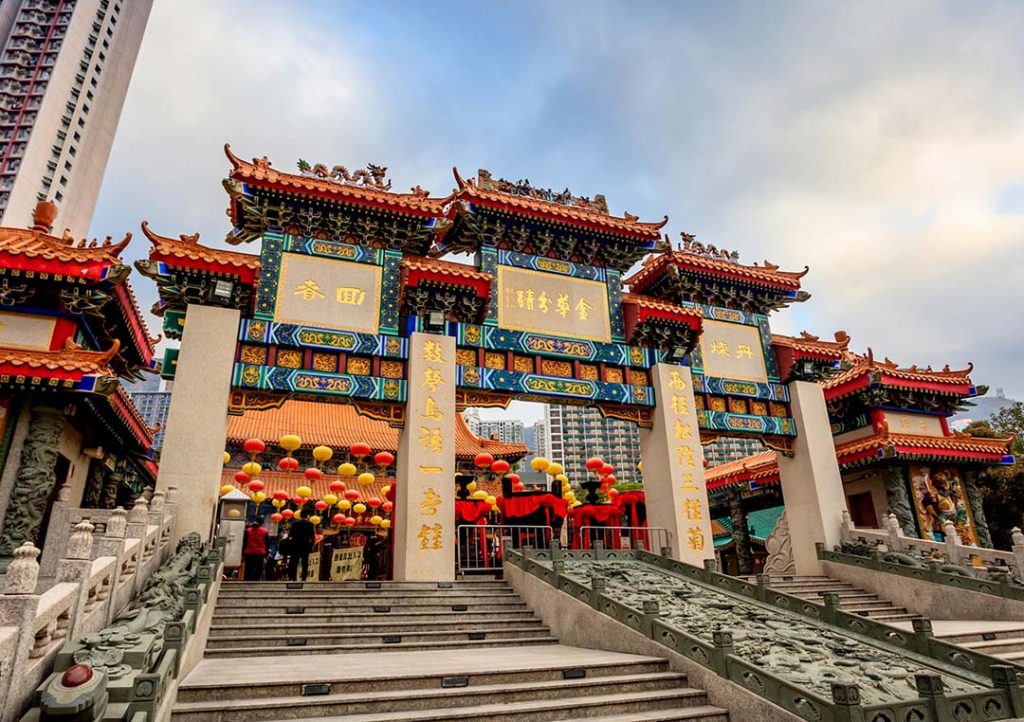
One of the most distinctive aspects of Wong Tai Sin Temple is its reputation as a hub for fortune-telling. Visitors have the extraordinary opportunity to consult with seasoned fortune tellers, seeking insights into the enigmatic tapestry of their future. This interaction grants an invaluable glimpse into the living culture of Hong Kong, where tradition and mysticism seamlessly intertwine. The temple hums with the whispers of divination, creating an ambiance that is both mystical and inviting.
However, it’s important to note that Wong Tai Sin Temple is a popular destination, particularly on weekends when it can become significantly crowded. The throngs of visitors, each seeking their own unique connection to the divine, can add a layer of bustling energy to the atmosphere. Therefore, for those who prefer a more tranquil experience, arriving during off-peak hours or on weekdays may be advisable.
One of the most commendable aspects of Wong Tai Sin Temple is its commitment to inclusivity. Admission to the temple is entirely free, ensuring that it remains accessible to all who wish to bask in its spiritual aura and explore its cultural treasures. For those who wish to partake in fortune-telling services, it’s worth noting that charges may apply, depending on the specific services sought. This pricing structure allows visitors to choose the level of engagement that aligns with their interests and beliefs.
Furthermore, the temple staff deserves special mention for their warmth and hospitality. They willingly share insights into the temple’s illustrious history, enriching the visitor experience with stories and anecdotes that breathe life into the ancient stones and rituals.
Wong Tai Sin Temple stands as an indisputable must-visit destination. It encapsulates the essence of Hong Kong’s cultural heritage, inviting all who enter to embark on a journey of self-discovery and cultural exploration. Whether one seeks to divine the future or simply revel in the serenity of this timeless sanctuary, Wong Tai Sin Temple offers an immersive and unforgettable encounter with the soul of Hong Kong.
Man Mo Temple
Nestled in the heart of Sheung Wan, Man Mo Temple stands as an exquisite exemplar of traditional Chinese temple architecture. With its profound dedication to the God of Literature (Man) and the God of War (Mo), this temple emerges as a living testament to the intertwining of spirituality and history. Stepping over its threshold is akin to embarking on a journey through the annals of time itself, as the temple’s sacred precincts transport visitors to a bygone era steeped in mystique and tradition.
The moment one enters Man Mo Temple, they are enveloped by an otherworldly ambiance that defies the relentless march of time. Thick plumes of incense smoke coil languidly in the air, creating an ethereal atmosphere that seems suspended between the earthly and the divine. Ancient scrolls, bearing the weight of countless prayers and aspirations, line the temple’s sacred halls, their faded pages bearing witness to generations of seekers who have passed through. The intricate woodwork adorning the temple’s structure bears testament to the skill of artisans long gone, each carving a testament to a time when craftsmanship was an art form.
Exploring Man Mo Temple is not merely an act of visiting; it is a journey into the heart of Hong Kong’s cultural heritage. Every corner of the temple holds a story, and every detail of its architecture whispers of a history that spans centuries. To delve into the temple’s history and cultural significance is to embark on a delightful voyage of discovery, where the past and the present converge in a seamless tapestry of tradition.
One of the hallmarks of Man Mo Temple is its relatively tranquil atmosphere. Unlike some of the more bustling tourist attractions, this sanctuary typically enjoys a peaceful ambiance, allowing visitors to savor the serenity of the temple at their own pace. This tranquility makes it an ideal destination for those who seek a respite from the city’s clamor, where one can commune with history and tradition in a setting conducive to reflection and introspection.
Photography enthusiasts will find Man Mo Temple to be a treasure trove of captivating visuals. The play of light and shadow on the temple’s intricate details, the ethereal quality of the incense smoke captured through a lens, and the vibrant colors of the temple’s decorations all provide ample opportunities for artistic expression. Whether one is a seasoned photographer or a casual snap-happy traveler, this temple beckons with its photogenic allure.
Moreover, Man Mo Temple often plays host to traditional ceremonies and rituals that offer a profound insight into local traditions. These events provide a glimpse into the living culture of Hong Kong, where age-old customs and beliefs are celebrated with reverence and enthusiasm. Witnessing these ceremonies can be a deeply enriching experience, allowing visitors to connect on a deeper level with the spiritual and cultural fabric of the city.
However, it’s important to note that Man Mo Temple may lack some of the amenities and conveniences commonly found in larger tourist attractions. While this absence adds to the temple’s authenticity and historical charm, visitors should plan accordingly and be prepared for a more modest and traditional setting.
To locate Man Mo Temple, one need only follow the path to 124-126 Hollywood Road in Sheung Wan, Hong Kong Island. The temple’s central location makes it easily accessible, especially for those exploring other attractions in the vicinity.
To reach Man Mo Temple by public transportation, one can take the MTR to Sheung Wan Station and embark on a leisurely stroll along Hollywood Road, where the temple’s imposing entrance awaits, inviting all who seek a glimpse into the past to step inside and immerse themselves in the rich history and culture it embodies.
Hong Kong Museum of History
For a comprehensive overview of Hong Kong’s history, the Hong Kong Museum of History, located in Tsim Sha Tsui, is the place to be. This museum showcases the city’s transformation from a fishing village to a global financial hub. The exhibits are both informative and engaging, offering a deep dive into Hong Kong’s past.
The museum offers guided tours and interactive exhibits, making it an excellent option for a rainy day activity. Its location is convenient for exploring other attractions in Tsim Sha Tsui.
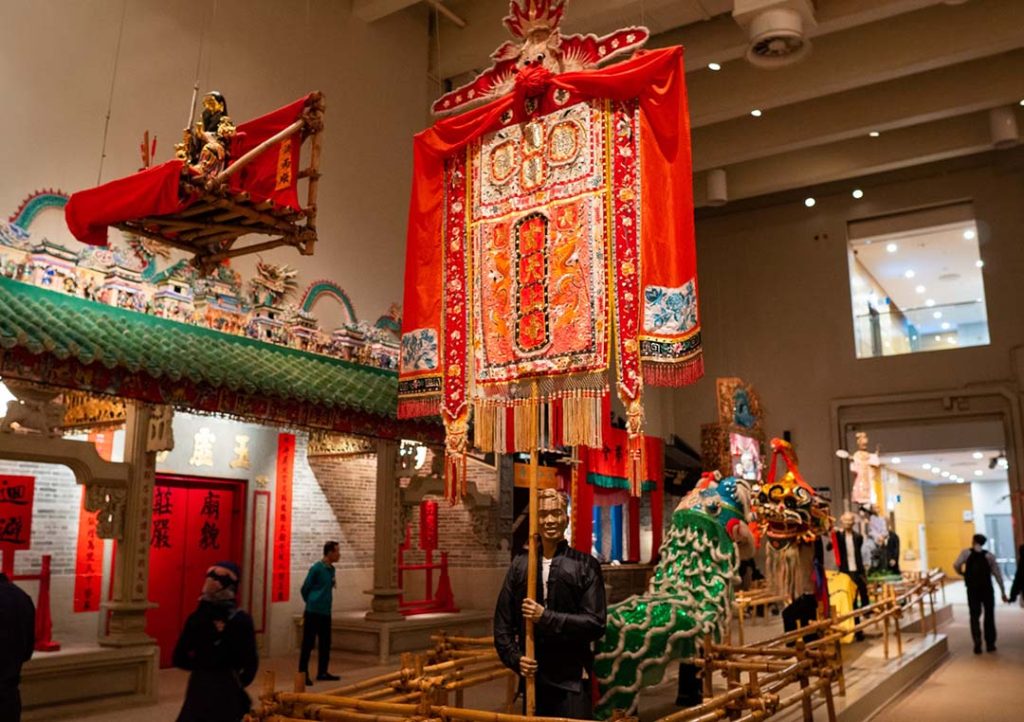
The museum can get crowded during peak hours.
100 Chatham Road South, Tsim Sha Tsui, Kowloon, Hong Kong.
Take the MTR to Tsim Sha Tsui Station and walk to the museum.
General admission is HKD 10 for adults, with discounts available for students and seniors.
No advance booking is necessary.
The Hong Kong Museum of History is a treasure trove of knowledge about the city’s past, serving as an ideal starting point for anyone interested in understanding Hong Kong’s historical roots.
Admission is free.
No advance booking is necessary.
Man Mo Temple provides a tranquil escape from the city’s hustle and bustle, making it an essential stop for history enthusiasts.
Recommendations for Additional Historical Sites
Lantau Island and Ngong Ping 360
Lantau Island is not only home to the famous Tian Tan Buddha but also boasts a rich historical heritage. The Ngong Ping 360 cable car ride offers breathtaking views of the island’s lush landscapes and coastline. Upon arriving at Ngong Ping Village, visitors can explore the Po Lin Monastery, which houses the Tian Tan Buddha, and the Wisdom Path, featuring ancient Chinese wisdom scriptures.
Ngong Ping 360 offers a stunning aerial view of Hong Kong, while Po Lin Monastery provides a peaceful escape. The Wisdom Path offers a unique cultural experience.
Depending on the season, there may be long lines for the cable car.
Lantau Island, Hong Kong.
Take the MTR to Tung Chung Station and then embark on the Ngong Ping 360 cable car ride.
Prices vary depending on the chosen package; it is advisable to check the official website for details.
It is recommended to book tickets in advance, particularly during peak tourist seasons.
Lantau Island and Ngong Ping 360 offer a harmonious blend of natural beauty and cultural significance, making them top choices for history and nature enthusiasts.
Tai O Fishing Village
Tai O is a picturesque fishing village situated on Lantau Island, providing a glimpse into Hong Kong’s traditional way of life. The stilt houses and bustling market streets offer a unique cultural experience, and visitors can take boat rides to witness the rare pink dolphins in the nearby waters.
Tai O offers an authentic and rustic experience. Boat rides to see pink dolphins are a highlight, and seafood lovers will find plenty of dining options.
It can get crowded during weekends and holidays.
Tai O, Lantau Island, Hong Kong.
Take the MTR to Tung Chung Station and then proceed by bus or taxi to Tai O.
Admission to the village is free, but boat ride prices may vary.
No advance booking is required for the village, but consider booking boat rides on-site.
Tai O is a hidden gem that showcases Hong Kong’s rich maritime history and offers a tranquil escape from the city.
The Heritage Trail in Sheung Wan
Sheung Wan, a district rich in history and culture, offers the Heritage Trail, a self-guided walking tour that takes you through its historic streets. Along the way, you’ll encounter colonial-era architecture, traditional medicine shops, and quaint temples. It’s a fascinating journey through time in the heart of the city.
The Heritage Trail is free to explore and provides a unique urban historical experience. The district is also renowned for its food scene, so be sure to try some local delicacies.
It can get hot and crowded during peak hours.
Sheung Wan, Hong Kong Island.
Take the MTR to Sheung Wan Station and commence the trail from there.
No advance booking is necessary.
The Sheung Wan Heritage Trail offers an immersive historical experience within the bustling city, allowing visitors to connect with Hong Kong’s past in a dynamic urban setting.
Hong Kong’s historical landmarks and heritage trails offer a captivating journey through time, enabling travelers to connect with the city’s rich history and cultural heritage. Whether it’s iconic temples like Wong Tai Sin and Man Mo, or comprehensive museums like the Hong Kong Museum of History, there’s something for every history enthusiast to explore. Additionally, Lantau Island, Tai O Fishing Village, and the Sheung Wan Heritage Trail provide unique historical experiences that showcase the diversity of Hong Kong’s past.
When planning your visit to these historical sites, consider the pros and cons, location details, access routes, ticket prices, and booking platforms to make the most of your trip. Whether you’re interested in ancient rituals, colonial architecture, or urban heritage, Hong Kong offers a wealth of historical treasures waiting to be discovered.

